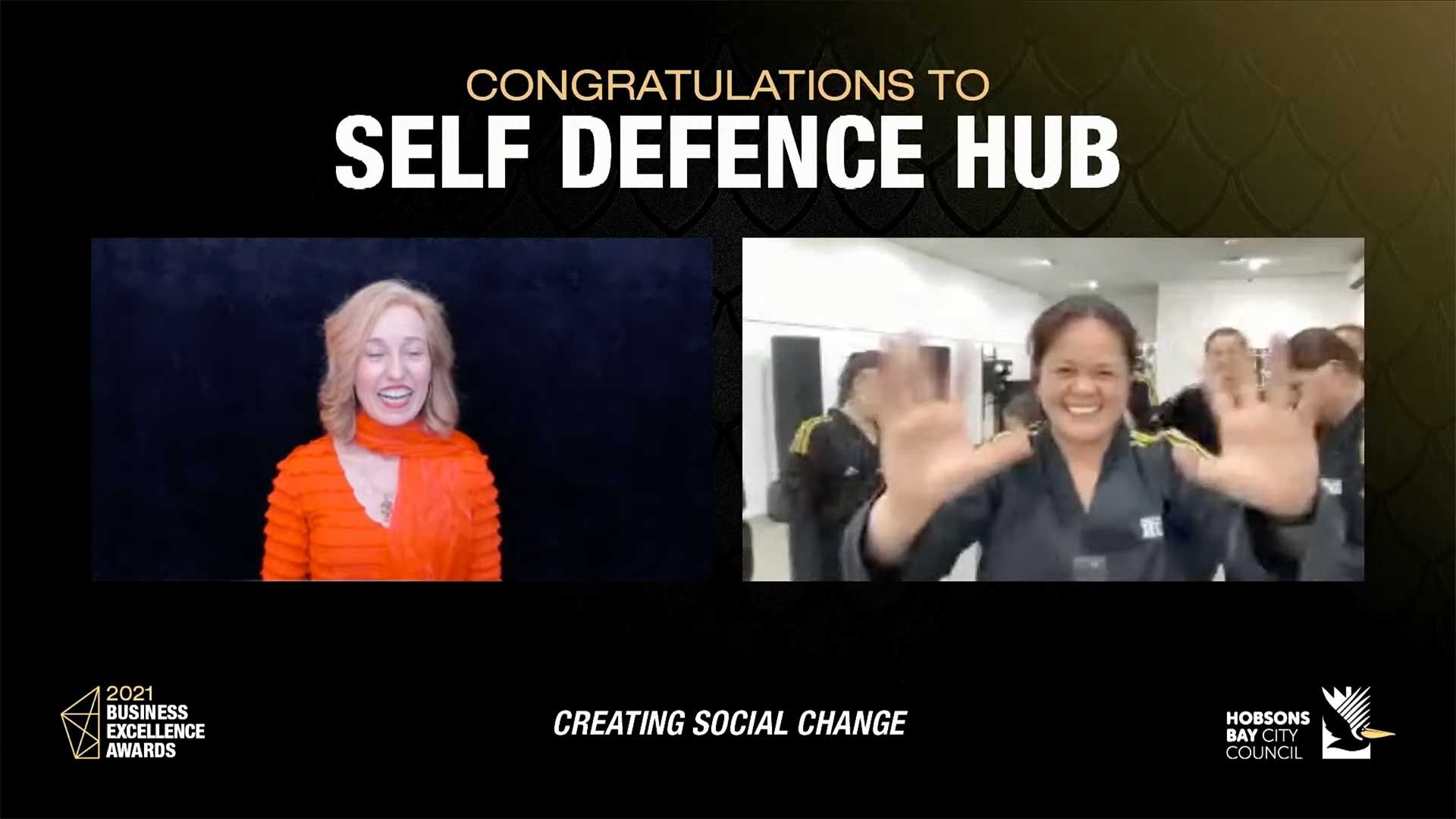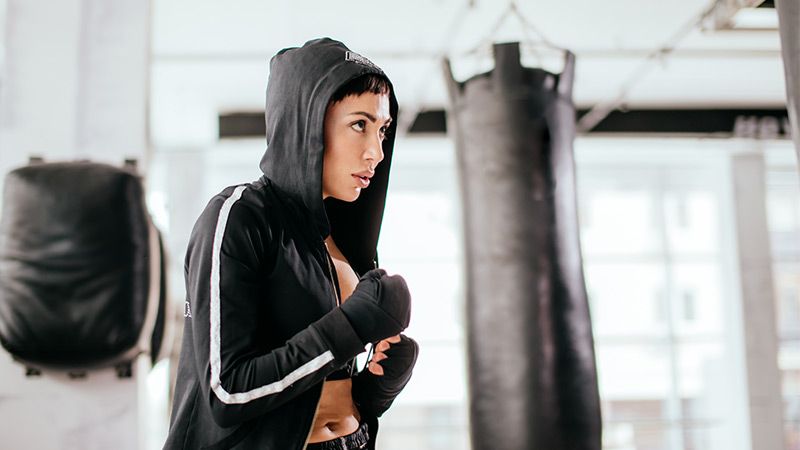The world of martial arts is vast and diverse, filled with countless styles from various cultures. Among them, certain forms have proven to be particularly beneficial for children. But the question remains, what are the "Best Martial Arts for Kids"? We'll delve into this subject in the sections below, covering the top disciplines and their unique advantages.
Deciding the most suitable martial arts for children isn't as simple as picking the coolest or the most popular one. Every discipline has its own strengths, ethos, and benefits. This section is designed to give you an understanding of the most common martial arts and their unique attributes.
Tabl of Contents
Best Martial Arts for Kids: An Introduction
Karate: The Way of the Empty Hand
Taekwondo: The Way of Foot and Fist
Hapkido: Way of Coordinated Energy
Why Choose Brazilian Jiu-Jitsu for Kids
Choosing the Right Martial Art for Your Child
Consider Your Child's Personality
Consider Your Child's Physical Attributes
Benefits of Martial Arts for Kids
Physical Health Benefits of Martial Arts
Mental Health Benefits of Martial Arts
Emotional and Social Benefits of Martial Arts
Finding a Good Martial Arts School for Kids
Research the School and Instructors
Judo: The Gentle Way
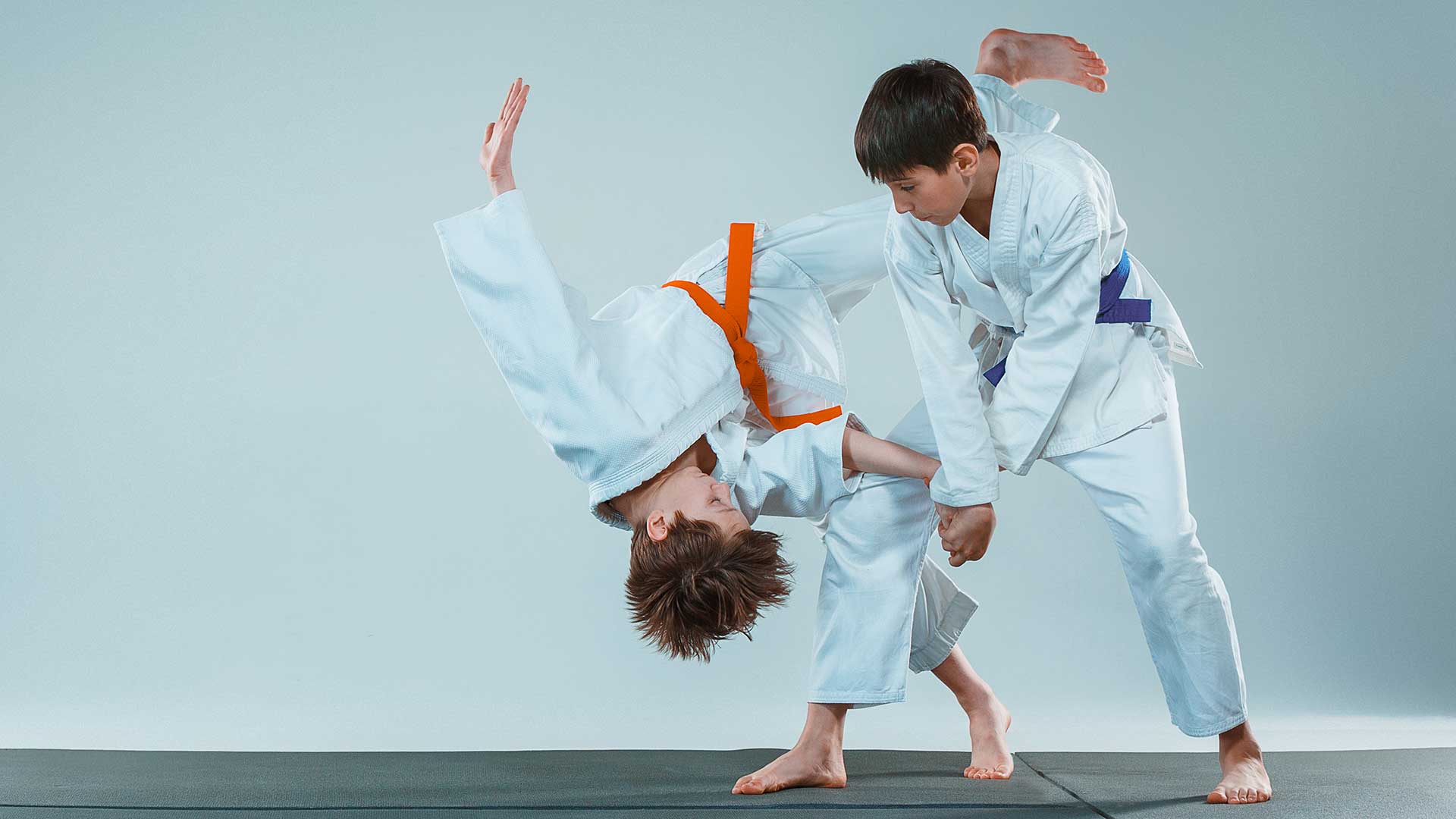
Judo, hailing from Japan, is known as "The Gentle Way." This martial art focuses on throws and grappling techniques. It emphasizes the use of an opponent's strength and balance against them, which is a valuable lesson in outsmarting rather than overpowering.
Anyone interested in Judo can start by finding a local Judo club or school. It is advisable to observe a class or two before signing up, to better understand the nature of the training.
The right Judo school should have certified instructors, proper facilities, and a friendly, respectful environment. Conduct due diligence before settling on a school to ensure it aligns with your goals and comfort level.
Why Choose Judo for Kids
For children, Judo teaches discipline, respect, and coordination. It helps develop their physical strength and agility. Moreover, Judo is a highly social sport that encourages teamwork and camaraderie among students. Beyond its health benefits, It promotes a sense of community and mutual support among its practitioners, transcending cultural and geographical boundaries.
Karate: The Way of the Empty Hand
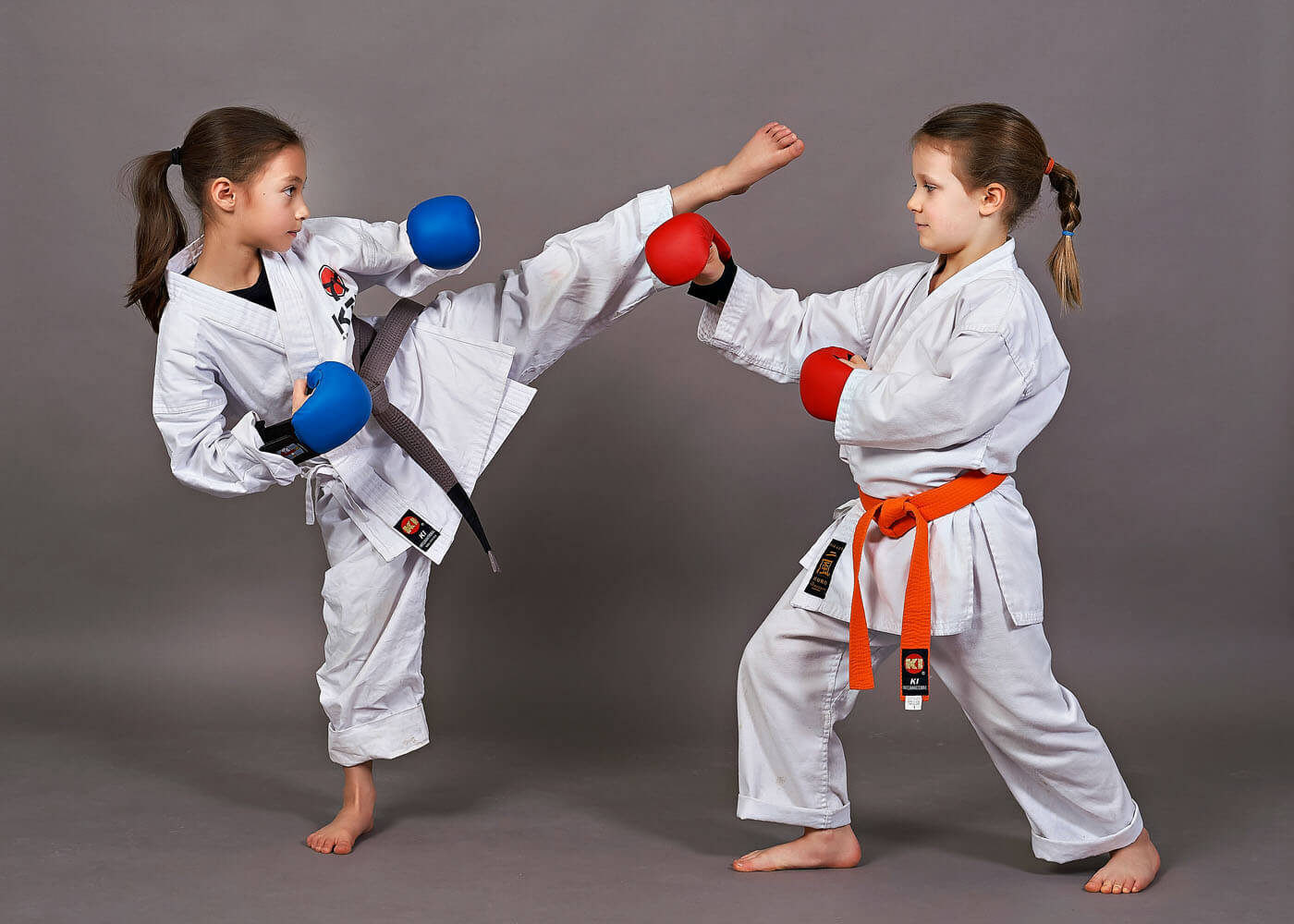
Another martial art from Japan, Karate, is famous worldwide for its strong punches, kicks, knee strikes, and open-hand techniques. It's a versatile discipline that teaches not just self-defense, but also personal growth. It's a path to self-discovery, and empowerment. Through rigorous training, adherence to principles, and dedication to continuous improvement, practitioners unlock their true potential. The philosophy of karate extends beyond the dojo, shaping individuals into compassionate and disciplined members of society.
Why Choose Karate for Kids
Karate offers many benefits for children. It can boost their self-esteem, enhance their focus, improve their physical fitness, and even help with their academic performance. Furthermore, kids learn about the importance of respect and humility in Karate.
Whether you are seeking physical fitness, mental discipline, or a sense of community, karate offers a transformative journey. Embrace the ancient art of karate and unleash the power within you.
Taekwondo: The Way of Foot and Fist
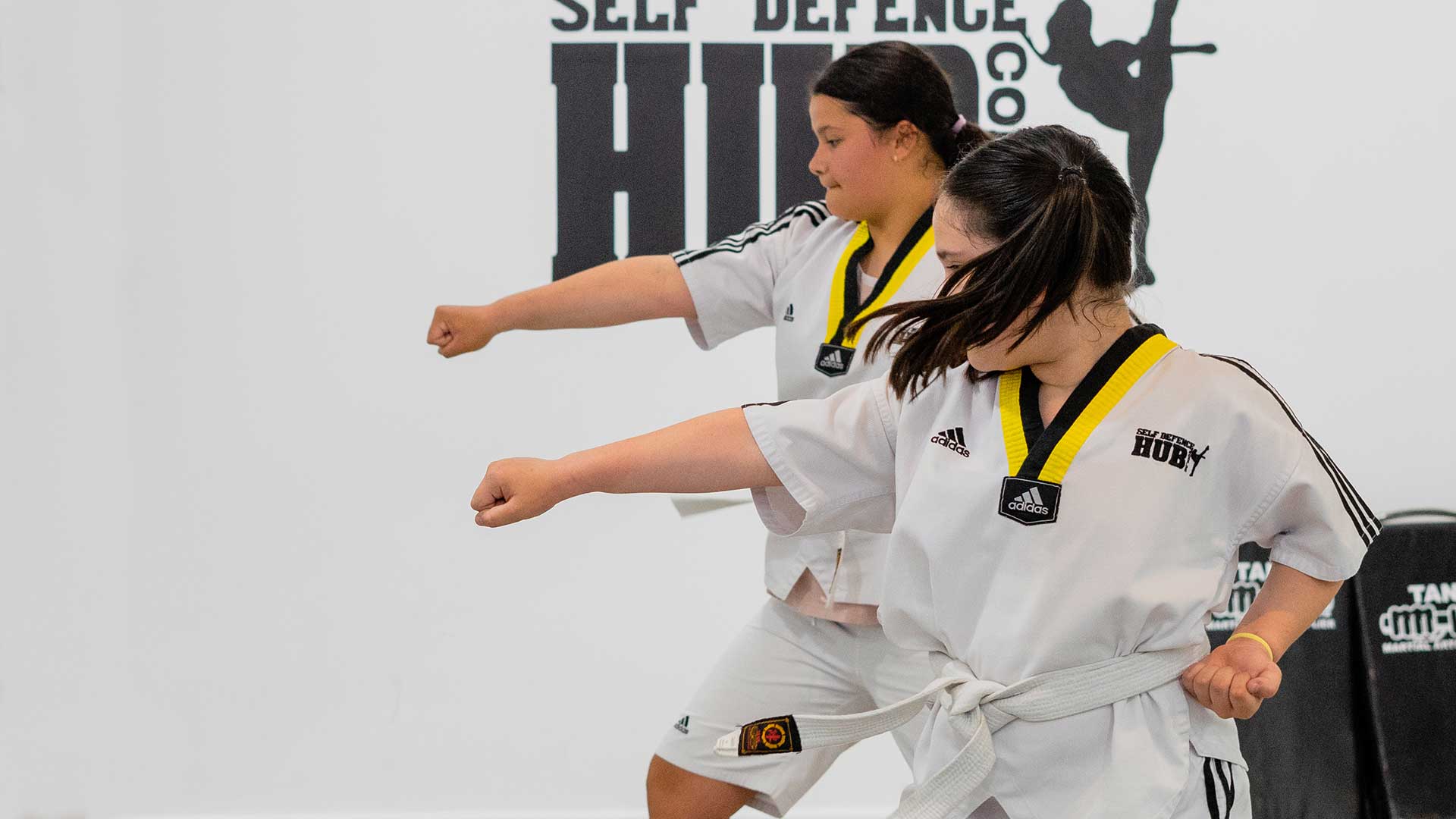
Originating from Korea, Taekwondo is renowned for its high-flying kicks and fast footwork. This martial art combines self-defense and combat techniques with sport and exercise. It is not just about physical strength; it's grounded on five core principles or tenets that practitioners must strive to embody. These include courtesy (Ye Ui), integrity (Yom Chi), perseverance (In Nae), self-control (Guk Gi), and indomitable spirit (Baekjul Boolgool). These values form the ethical and moral fabric of Taekwondo and guide practitioners' conduct both in and out of the dojang (training hall).
Taekwondo techniques vary, each serving different purposes within the sport. The basics are the kicks, strikes, blocks, and stances. As a Taekwondo practitioner advances, they learn more complex moves like jumping and spinning kicks, self-defense techniques (hosinsul), breaking (kyukpa), and form practice (poomsae). Each technique requires a unique combination of balance, precision, power, and timing, leading to the development of a well-rounded martial artist.
Why Choose Taekwondo for Kids
Taekwondo can help children improve their agility, flexibility, and balance. It also instills discipline and respect for others. Taekwondo is an Olympic sport, so it can also offer competitive opportunities for those interested.
Muay Thai: Art of Eight Limbs
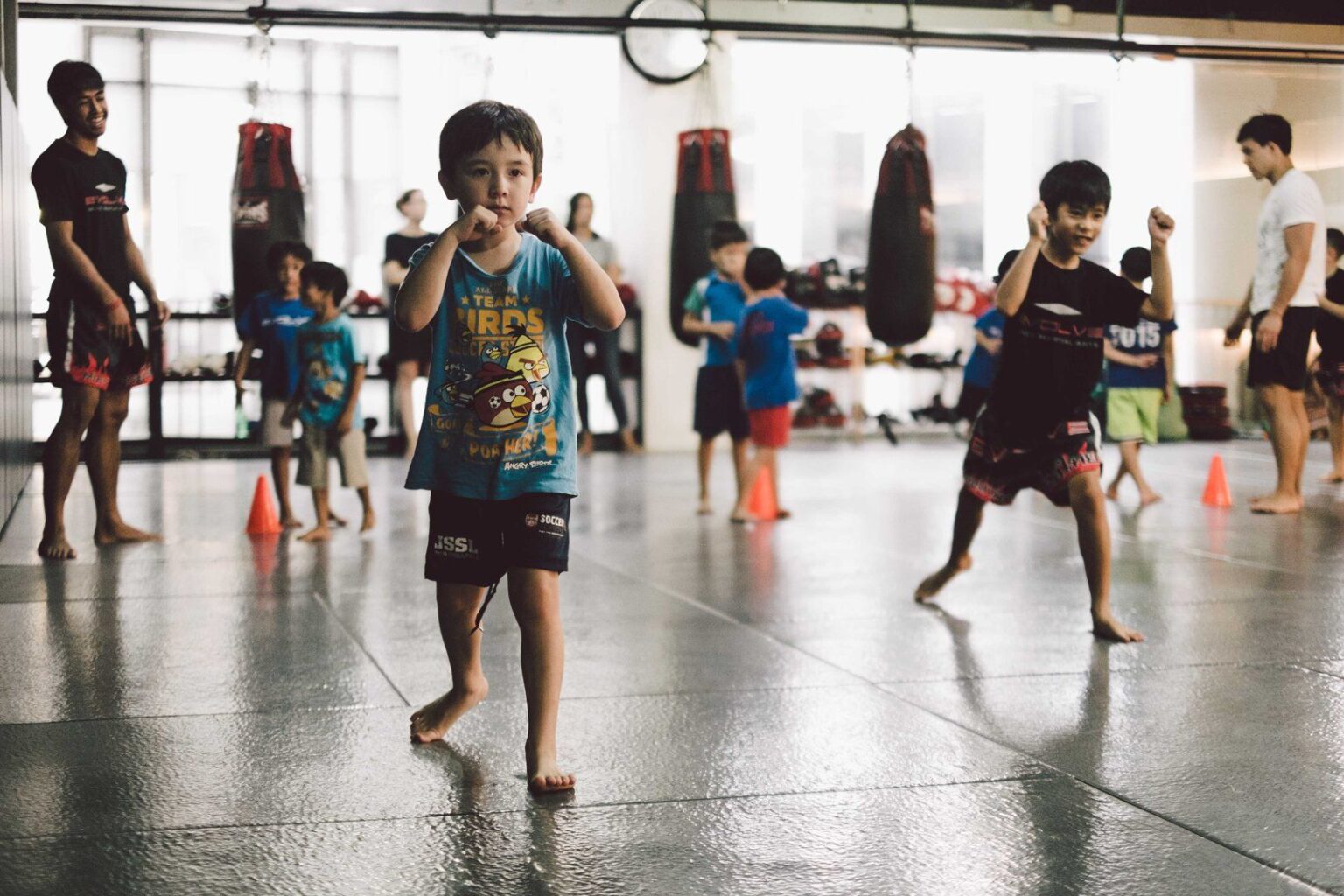
Muay Thai, also known as the "Art of Eight Limbs," is a popular martial art that has captivated people of all ages across the globe. For children, learning Muay Thai can be an incredibly rewarding experience. This guide is dedicated to exploring the various aspects of Muay Thai for kids, from training techniques to understanding the myriad benefits. Whether you are a parent interested in enrolling your child in a Muay Thai class or a young enthusiast eager to learn more, this comprehensive article is your go-to resource.
Why Choose Muay Thai for Kids
Physical Fitness and Strength Muay Thai training offers an intense workout, building strength, flexibility, and endurance. It’s a fun way for kids to stay active and healthy.
Discipline and Focus Through structured training, kids learn the importance of discipline, patience, and focus. These skills are transferrable to other areas of life, including academics.
Self-Defense Skills Learning Muay Thai equips children with essential self-defense skills, boosting their confidence in various situations.
Positive Social Interaction Training in a group promotes teamwork, empathy, and respect for others, vital social skills for growing children.
Hapkido: Way of Coordinated Energy

In the diverse world of martial arts, Hapkido holds a unique place. A harmonious blend of physical prowess, mental discipline, and spiritual growth, Hapkido is much more than a fighting technique. For children, it provides an opportunity to embark on a journey of self-discovery, instilling values that last a lifetime.
The focus of Hapkido on non-aggression, self-control, and harmony with one's surroundings makes it an excellent martial art for children. "Hapkido for kids" is a concept that resonates with parents and educators looking for holistic growth for their children.
Why Choose Hapkido for Kids
Engaging in Hapkido opens up myriad opportunities for children. Below are some of the highlighted benefits:
Physical Growth
Strength and Flexibility: Hapkido's techniques require a combination of strength and flexibility, aiding in overall physical development.
- Coordination and Balance: Children enhance their motor skills, learning to coordinate their movements and maintain balance.
Mental and Emotional Development
- Discipline and Focus: Hapkido is not merely about physical prowess; it requires mental discipline and focus, attributes that spill over into academic life.
- Confidence and Self-esteem: Mastering new techniques and overcoming challenges in Hapkido boosts children's self-confidence and self-esteem.
Social Skills
- Teamwork: Hapkido training often involves working in pairs or groups, fostering a sense of teamwork and empathy.
- Respect and Courtesy: Traditional Hapkido classes instill respect for oneself, others, and the environment.
Tai Chi: Touch Boxing
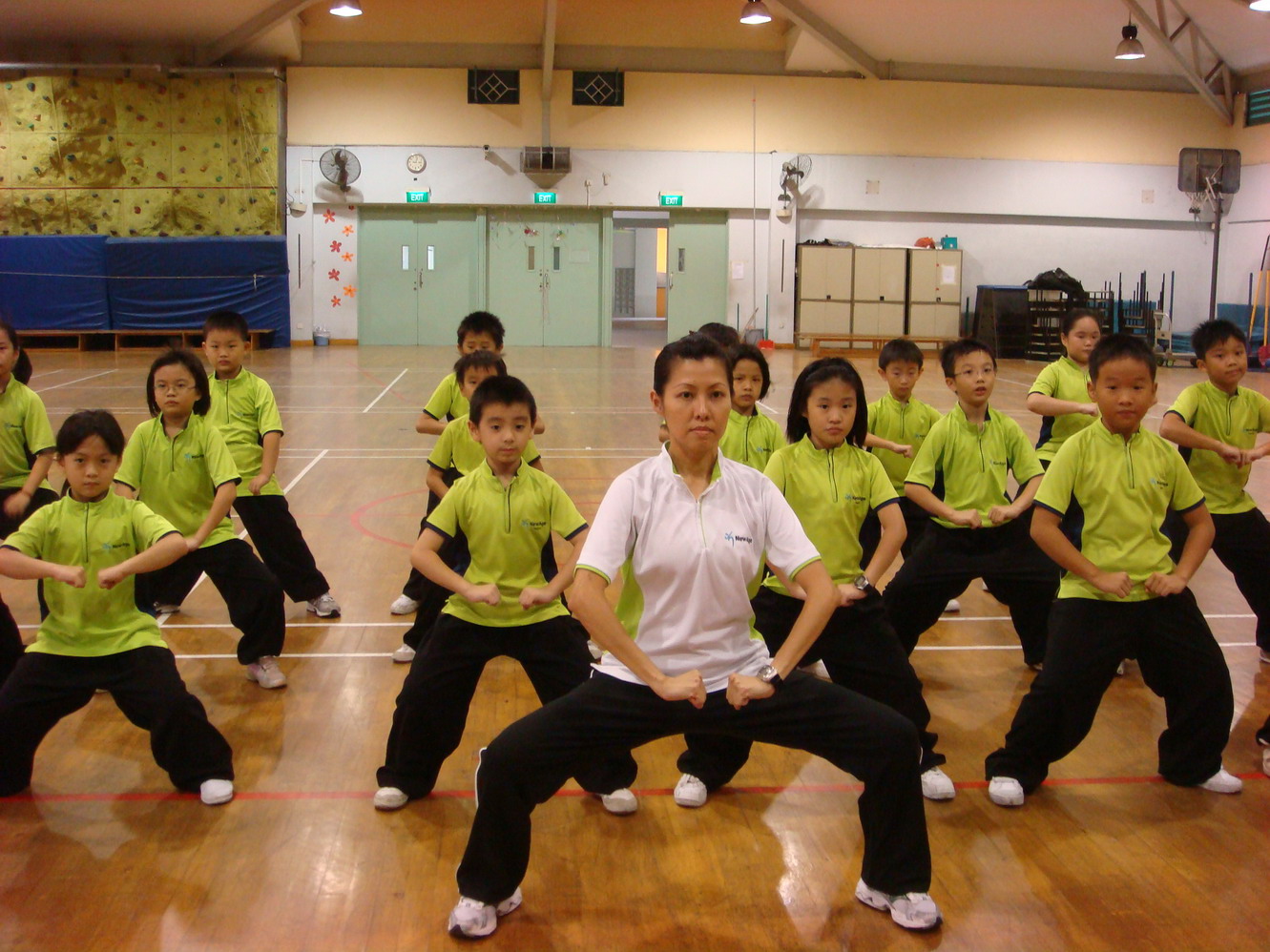
Tai Chi, an ancient Chinese practice that dates back to the 17th century, has evolved to become a worldwide phenomenon. It’s been adapted in various forms, and introducing Tai Chi for kids is a natural progression of this evolution. It is often associated with graceful movements and tranquility.
At the heart of Tai Chi is the philosophy of Yin and Yang, the balance of opposites. These helps them understand harmony and contrasts in life. Qi (pronounced "chi") is the life energy in Tai Chi. This helps them connect with their inner selves.
Although known for its peaceful flow, Tai Chi is also a form of martial art. This aspect can make it particularly appealing to kids, especially boys, who may view it as a 'cool' way to learn self-defense.
Why Choose Tai Chi for Kids
It promotes:
- Physical Development: Enhances balance, coordination, and flexibility.
- Mental Growth: Fosters focus, patience, and a sense of achievement.
- Emotional Well-being: Encourages self-esteem, reduces stress.
Kung Fu

Kung Fu, a revered martial art with ancient roots, has transcended into a practice that offers incredible benefits for people of all ages. Especially when it comes to children, Kung Fu fosters discipline, self-control, physical fitness, and more.
Understanding philosophies such as Yin and Yang, the Five Elements, and the Eight Trigrams is crucial in Kung Fu. These philosophies are not just theoretical concepts; they are applied in training and techniques, making Kung Fu a deeply spiritual practice.
Why Choose Kung Fu for Kids
It promotes:
- Physical Fitness: It improves strength, flexibility, and coordination.
- Mental Sharpness: Encourages focus, concentration, and discipline.
- Character Building: Instills values like respect, perseverance, and integrity.
Brazilian Jiu-Jitsu
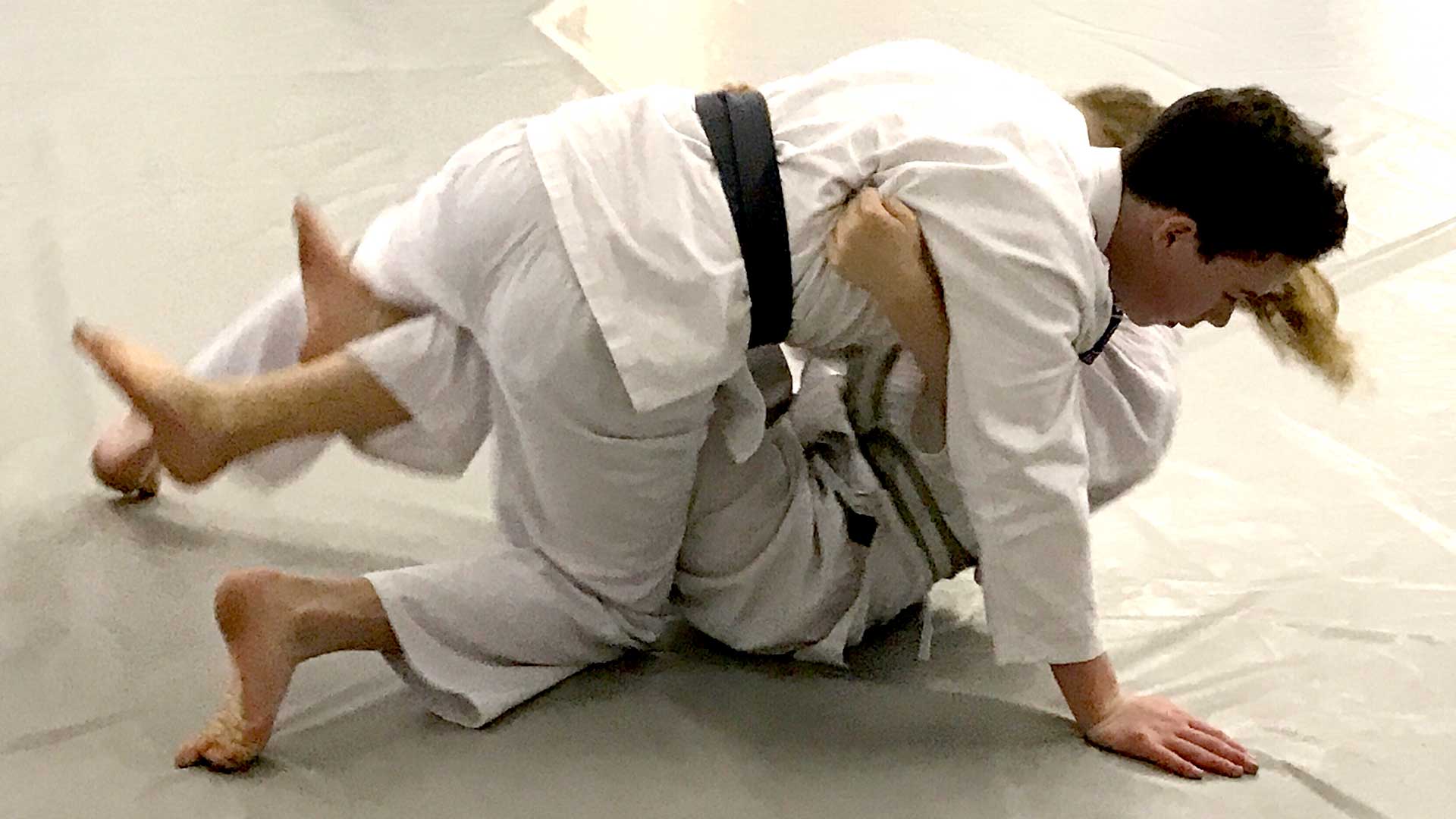
Brazilian Jiu-Jitsu is a martial art and combat sport that focuses on ground fighting and grappling. It emphasizes the use of leverage and technique over brute strength, making it accessible to people of all sizes and ages, including children.
Originating from Japan and later evolving in Brazil, Brazilian Jiu-Jitsu has a rich history. It's deeply intertwined with the Gracie family, who played a crucial role in its development. Today, it's a globally recognized sport practiced by millions.
The philosophy of BJJ is grounded in respect, discipline, continuous improvement, and understanding that physical strength isn't the only path to success. These principles can be highly beneficial for children in shaping their character and values.
Why Choose Brazilian Jiu-Jitsu for Kids
Physical Health Benefits
Brazilian Jiu-Jitsu for kids offers an excellent way to stay active. It enhances flexibility, strength, coordination, and overall fitness.
Mental Health Rewards
Children engaged in BJJ tend to exhibit increased concentration, self-discipline, and emotional control. These mental skills are transferable to their academic and personal lives.
Social Skills Development
The nature of BJJ encourages communication, teamwork, and empathy. Kids learn to cooperate, compete healthily, and respect others.
Self-Defense Skills
While BJJ is not solely about self-defense, it teaches practical skills that can empower children to defend themselves if necessary.
Choosing the Right Martial Art for Your Child
The decision isn't always clear-cut when it comes to the "Best Martial Arts for Kids." Your child's personality, interests, and physical abilities can all play a part.
https://www.todaysparent.com/kids/school-age/how-to-pick-the-best-martial-arts-class-for-your-kid/
Consider Your Child's Personality
Some kids might thrive in a more structured environment, like Karate or Judo. Others might prefer the dynamic and flashy techniques in Taekwondo.
Consider Your Child's Physical Attributes
Physical attributes can also influence the choice. For example, a flexible and agile child may excel in Taekwondo, while a physically strong kid might find Judo appealing.
Benefits of Martial Arts for Kids
Regardless of the discipline chosen, martial arts can provide a myriad of benefits for children, from physical improvements to mental and emotional growth.
Physical Health Benefits of Martial Arts
Martial arts are a great way to keep kids active and help them develop strength, coordination, and flexibility.
Mental Health Benefits of Martial Arts
Beyond physical fitness, martial arts can also boost a child's mental health by promoting focus, discipline, and resilience.
Emotional and Social Benefits of Martial Arts
Through martial arts, children can build confidence, learn respect, and develop social skills as they interact with their peers.
Finding a Good Martial Arts School for Kids
The quality of the martial arts school and the instructors can significantly influence a child's experience. Here are some tips to help you find the right school.
Research the School and Instructors
Make sure the instructors are qualified, experienced, and good with children. The school should also be clean and safe.
Observe a Class
Watching a class can give you a feel for the teaching style and the school's atmosphere. It also lets you see how the kids interact with the instructors and each other.
Frequently Asked Questions
1. What is the best age for kids to start martial arts?
There's no one-size-fits-all answer, as it depends on the child's maturity and interest level. Generally, kids can start learning martial arts from around the age of 5-6.
2. Are martial arts safe for kids?
Yes, when taught properly, martial arts are safe for kids. They teach children how to control their movements and respect their training partners, reducing the risk of injuries.
3. Can martial arts help with my child's behavior issues?
Absolutely! Martial arts instill discipline and respect, which can help improve a child's behavior both at home and school.
4. Do martial arts promote violence?
On the contrary, martial arts teach children self-control and responsibility. They learn that their skills are for self-defense, not for starting fights.
5. What if my child wants to quit after a few lessons?
It's essential to encourage your child to stick with it, but don't force them. Sometimes, they may need to try a few different styles before finding the one they love.
6. How can I support my child in their martial arts journey?
Your support can come in many forms, like attending their classes, encouraging their practice at home, or even learning alongside them!
Conclusion
In conclusion, finding the "Best Martial Arts for Kids" is a journey in itself. Each martial art has its unique strengths and philosophies. What truly matters is finding the one that resonates with your child and helps them grow both physically and mentally. Happy exploring!
Self Defence Courses with Female Instructors
We are about creating a safe space where you can learn self defence
For private group bookings we can come to your location.
Servicing:
Melbourne, Surrey Hills, Kilmore, Yarraville and other areas around Melbourne Metro Area and Greater Melbourne.
Training Areas
Yarraville, Kilmore, Surrey Hills
& Hobsons Bay area
Ts, Cs & Ps
Links


© Self Defence Hub. All rights reserved.
A safe space for the rainbow community ![]()
